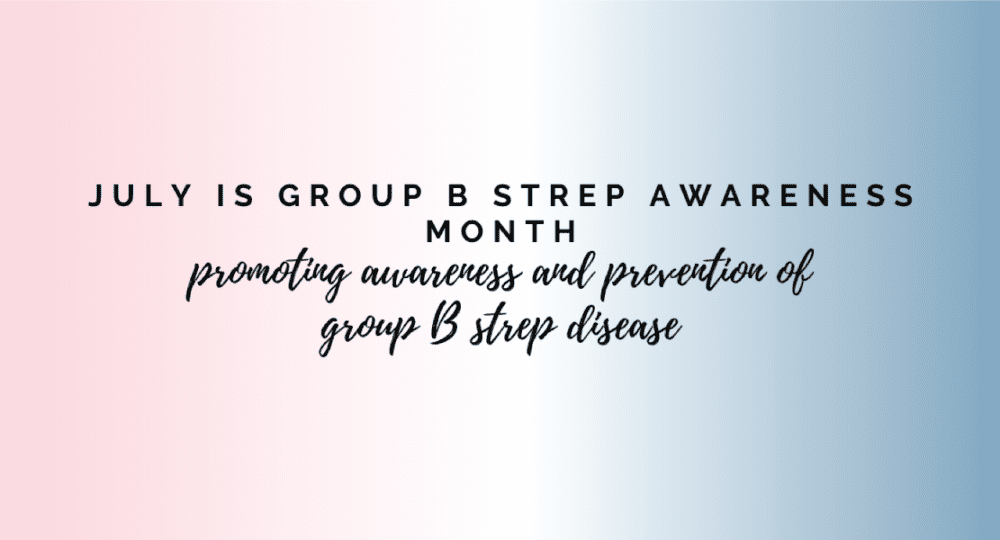Group B Streptococcus (group B strep or GBS) is a type of bacteria that is naturally found in many people’s gastrointestinal and genital tracts. Anyone can carry GBS and having it does not mean someone is sick or unclean. Most of the time GBS bacteria are not harmful, but if they invade the body, they can cause infections known as GBS disease.
GBS bacteria can cause many types of infections including:
- Bacteremia (bloodstream infection) and sepsis (the body’s extreme response to an infection)
- Bone and joint infections
- Meningitis (infection of the tissue covering the brain and spinal cord)
- Pneumonia (lung infection)
- Skin and soft-tissue infections
Anyone can get a GBS disease, but those at greater risk include:
- Babies, before birth and up to about 6 months of age, due to their underdeveloped immune systems
- People older than 65 years
- Those with certain co-existing medical conditions such as diabetes, heart disease, congestive heart failure, cancer, or obesity
GBS infections are most common in newborns. These infections are described as either early-onset, occurring in the first week of life, or late-onset, occurring from the first week through 3 months of life. Each year in the United States, 900 babies get early-onset GBS disease and 1200 babies get late-onset GBS disease.
While in many cases it is unknown how people get infections from GBS bacteria, it is known that pregnant women can pass GBS to their babies during delivery. Most babies who develop early-onset GBS disease were exposed to the bacteria in this way. With late-onset GBS, the bacteria may have come from the mother during delivery or it may have come from another source.
Some factors increase a woman’s risk of having a baby who will develop GBS disease such as:
- Testing positive for GBS bacteria late in pregnancy
- Developing a fever during labor
- Having 18 hours or more pass between when the woman’s water breaks and when the baby is born
Identifying GBS disease as early as possible in newborns is vital at giving them the best chance of a good outcome. GBS is a very fast-acting bacteria that can make a baby critically ill often within a matter of just a few hours.
Signs and symptoms of GBS disease in newborns include:
- Fever
- Difficulty feeding
- Irritability or lethargy
- Pale, gray, or blue-colored skin
If a baby has any of these symptoms, their pediatrician should be called immediately.
A doctor will diagnose GBS from samples of a baby’s body fluids, such as blood and spinal fluid. GBS disease is treated with antibiotics, often penicillin or ampicillin, and additional treatment or supportive therapy may be needed depending on the type of GBS infection.
Care for babies with GBS disease has improved greatly in the United States. A little over half of the survivors will have no long-term effects. Others, especially those who get meningitis, may suffer from long term problems such as hearing loss, vision loss, and developmental disabilities. Unfortunately, 2-3 out of every 50 babies who develop GBS disease will die.
There are no known ways to prevent GBS disease in anyone older than 1 week old, but two key practices can be used to prevent early-onset GBS disease in newborns:
- Testing pregnant women for GBS bacteria of the vagina and rectum at 36-37 weeks of pregnancy to identify those at increased risk
- Giving intravenous (IV) antibiotics during labor to women at increased risk
Treating these women with antibiotics has proven very effective. If a woman tests positive for GBS and does not get IV antibiotics during labor, her baby has a 1 in 200 chance of developing GBS disease. If she does get IV antibiotics during labor, the baby’s chances of getting GBS disease is reduced to 1 in 4000.
There are currently no vaccines against GBS infections, but these are being studied and will hopefully be available one day!





